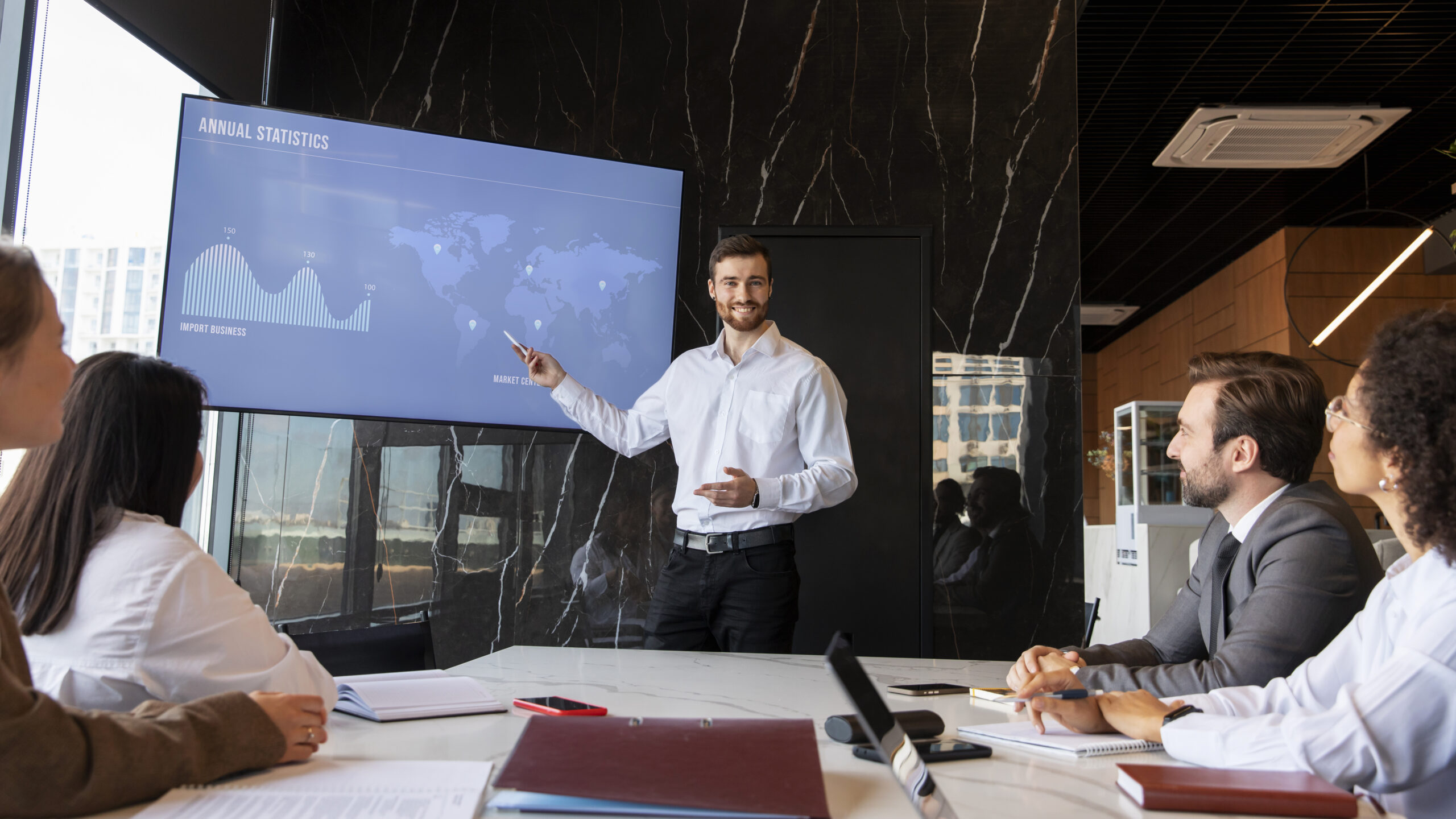Welcome to the Projects RH blog! Today, we’re diving into a fascinating and increasingly important topic: how waste products can be transformed into renewable resources. This isn’t just about recycling—it’s about reimagining waste as a powerful tool for clean energy and sustainability. So grab a coffee, settle in, and let’s explore how innovation is turning trash into treasure.
Waste as a renewable resource: What does it mean?
When we talk about waste as a renewable resource, we’re referring to the process of converting organic and inorganic waste materials into usable energy. This can include everything from food scraps and agricultural residues to plastics and industrial byproducts. Technologies like anaerobic digestion, gasification, and pyrolysis are at the forefront of this transformation, offering sustainable alternatives to traditional waste disposal and fossil fuel consumption.
Real-World Applications of waste-to-energy technologies
Waste-to-energy (WTE) technologies are already making a significant impact around the world. Cities are using incineration plants to generate electricity from municipal waste, while farms are adopting anaerobic digesters to convert animal manure into biogas. In Sweden, nearly half of the country’s household waste is used to produce energy, showcasing how national policies can support sustainable practices. These applications not only reduce landfill use but also contribute to energy independence and environmental protection.
In recent years, the waste-to-energy sector has seen a surge in innovation and investment. Governments around the world are implementing stricter regulations on waste management and carbon emissions, prompting industries to seek sustainable alternatives. Technologies such as anaerobic digestion, gasification, and pyrolysis are gaining traction for their ability to convert organic waste into usable energy forms like biogas and syngas. These advancements are not only helping reduce landfill use but also contributing to the circular economy by turning waste into valuable resources.
One notable trend is the integration of smart technologies in waste-to-energy systems. Sensors and data analytics are being used to optimize the performance of digesters and monitor emissions in real-time. This digital transformation is making operations more efficient and transparent, attracting tech-savvy investors who see the potential for scalable solutions in the clean energy space.
Another exciting development is the rise of community-based waste-to-energy projects. These initiatives empower local communities to manage their waste sustainably while generating energy for local use. Such models are particularly effective in rural and underserved areas, where traditional energy infrastructure may be lacking. By involving local stakeholders, these projects foster a sense of ownership and responsibility, further enhancing their impact.
The investment opportunity behind waste-to-energy projects
Waste-to-energy projects are not just environmentally beneficial—they’re also financially attractive. As governments offer incentives and carbon credits for sustainable practices, investors are increasingly drawn to the sector. The potential for long-term returns, coupled with the positive environmental impact, makes WTE a compelling choice for impact investors and venture capitalists alike.
How fundraising consulting services accelerate clean energy innovation
Navigating the fundraising landscape can be challenging for clean energy startups. That’s where consulting services like Projects RH come in. With deep industry knowledge and a robust network of investors, Projects RH helps innovators craft compelling pitches, identify funding sources, and manage investor relations. This strategic support accelerates the path from concept to commercialization, ensuring that promising technologies receive the backing they need to thrive.
What makes a compelling investor pitch for waste-to-energy projects?
A successful investor pitch in the WTE space should highlight the environmental impact, scalability, and financial viability of the project. Clear data on waste conversion rates, energy output, and potential revenue streams are essential. Additionally, showcasing a strong team, strategic partnerships, and regulatory compliance can significantly boost investor confidence.
From vision to reality: How Urbenex Bioenergy CORP. Is paving the way
Urbenex Bioenergy CORP. is a shining example of innovation in action. Recognizing the environmental challenges posed by methane and CO2 emissions from farms, Urbenex has developed a model that places anaerobic digesters on dairy farms and landfills—at no cost to the farmers or municipalities. These digesters capture over 90% of methane and CO2 from manure, which is then sold to national buyers. Farmers benefit not only from reduced carbon footprints but also receive bonuses of up to $200,000 annually for participating. With plans to build over 50 digesters in the next five years, Urbenex is setting a new standard for sustainable agriculture and energy production. Projects RH has been instrumental in guiding Urbenex through its fundraising journey, helping secure the capital needed to scale this impactful initiative.
Why fundraising support is crucial for waste-to-energy innovators
Innovators in the WTE space often face high upfront costs and complex regulatory environments. Fundraising support is essential to overcome these barriers and bring transformative technologies to market. Projects RH provides tailored consulting services that align investor expectations with project goals, ensuring that clean energy startups are well-positioned for success. Their expertise not only facilitates funding but also fosters long-term strategic growth.




